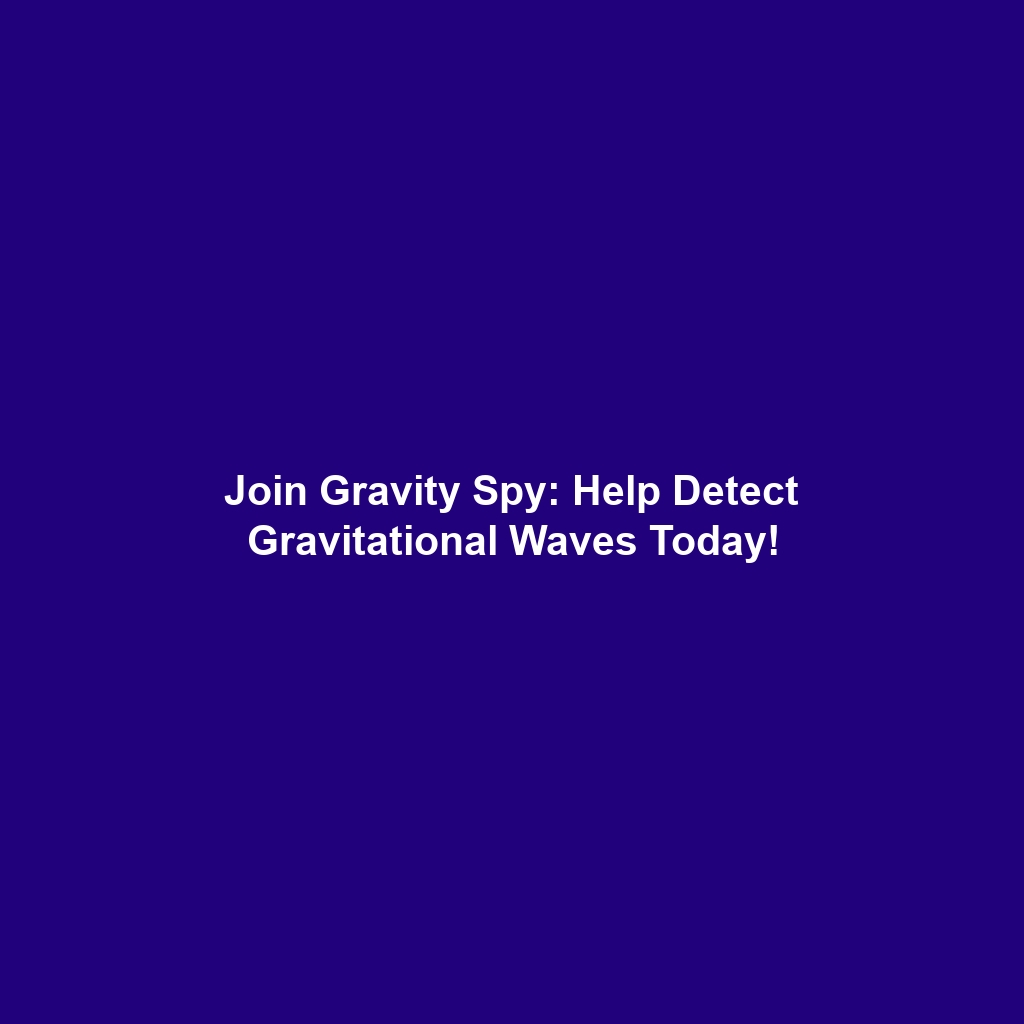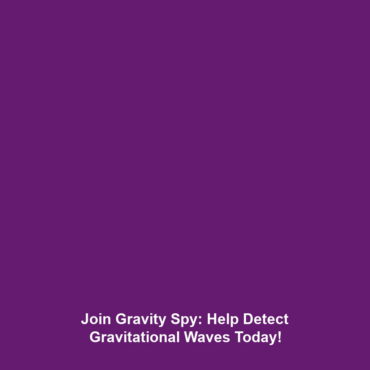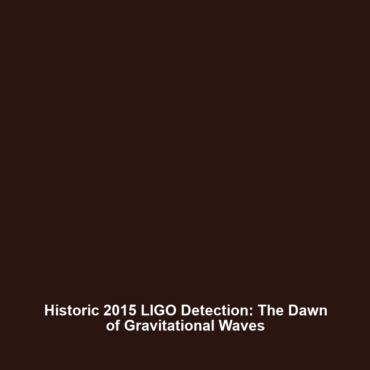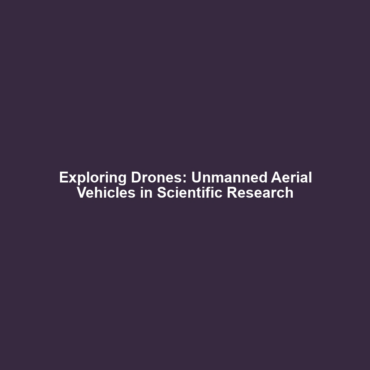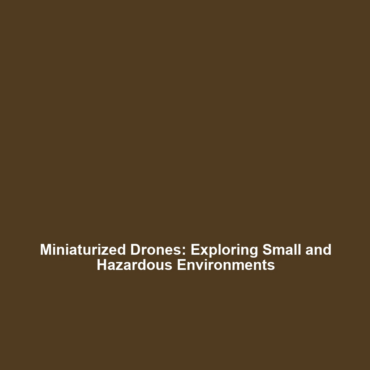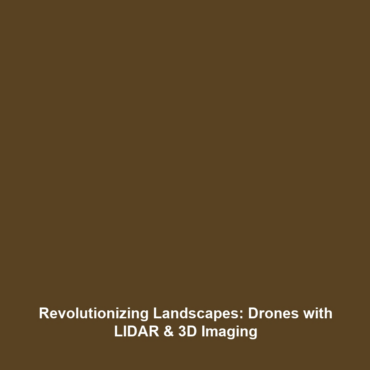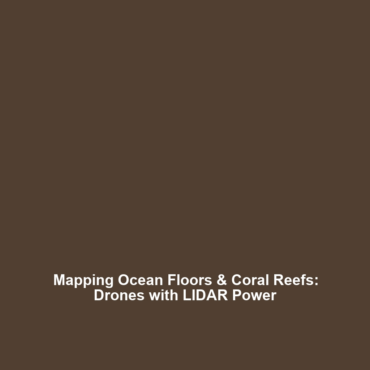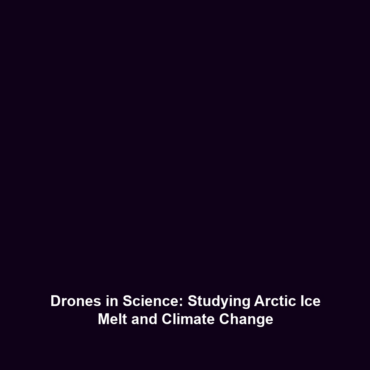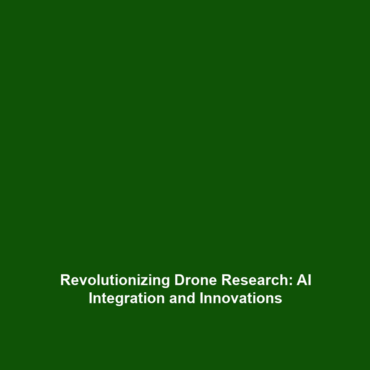How Humanoid Robots Can Provide Information, Process Transactions, and Enhance the Customer Experience
As technology evolves, humanoid robots are emerging as pivotal figures in various sectors, dramatically transforming customer interactions. These advanced machines not only provide information with remarkable precision but also streamline transactions and improve the overall customer experience. The significance of this advancement lies in its potential to revolutionize how businesses engage with customers, making it a critical area of study within the broader category of humanoid robots.
Key Concepts
Humanoid robots are designed to interact with humans in a way that closely mimics natural human behavior. Here are some key concepts related to how humanoid robots can provide information, process transactions, and enhance customer experience:
Human-Robot Interaction
Understanding how humanoid robots engage with users is essential to improving their functionality. These robots utilize natural language processing and machine learning to facilitate effective communication.
Data Processing
Humanoid robots are equipped to handle vast amounts of data, allowing them to provide personalized information and recommendations based on user behavior, which enhances the customer experience.
Transaction Handling
These robots are increasingly capable of processing financial transactions securely and efficiently, making them valuable in retail and service sectors.
Applications and Real-World Uses
Humanoid robots are being utilized in diverse fields to reshape customer service. Key applications include:
- Retail: Humanoid robots act as sales assistants, providing information about products and facilitating checkout processes.
- Healthcare: In hospitals, they assist patients with inquiries and help manage administrative tasks, enhancing patient engagement.
- Hospitality: Robot concierges welcome guests and provide information about services, activities, and check-in processes.
Each of these applications exemplifies how humanoid robots can significantly enhance customer experiences across multiple sectors.
Current Challenges
Despite their promising potential, there are several challenges associated with the application of humanoid robots:
- Technological Limitations: Current robots may struggle with understanding nuanced human emotions and complex instructions.
- Regulatory Issues: There are ongoing discussions regarding the ethical implications and regulatory frameworks governing robotic interactions.
- User Acceptance: Some customers may feel uncomfortable interacting with robots, preferring human contact.
Future Research and Innovations
The future of humanoid robots looks promising, with several innovations on the horizon:
- Improved AI: Advancements in artificial intelligence will enable robots to better understand and respond to human emotions.
- Enhanced Mobility: Future models will likely feature improved mobility, allowing them to navigate environments more effectively.
- Collaboration with Humans: Research is focused on developing robots to work alongside humans, enhancing productivity while maintaining interpersonal interactions.
Conclusion
In conclusion, humanoid robots are poised to redefine customer experiences by providing information, processing transactions, and delivering personalized services across various industries. As we continue to explore the potential of these advanced machines, it is crucial to address existing challenges and invest in future research and innovations. For more insights into humanoid robots and their impact, explore our other articles on robotics technology and applications.

